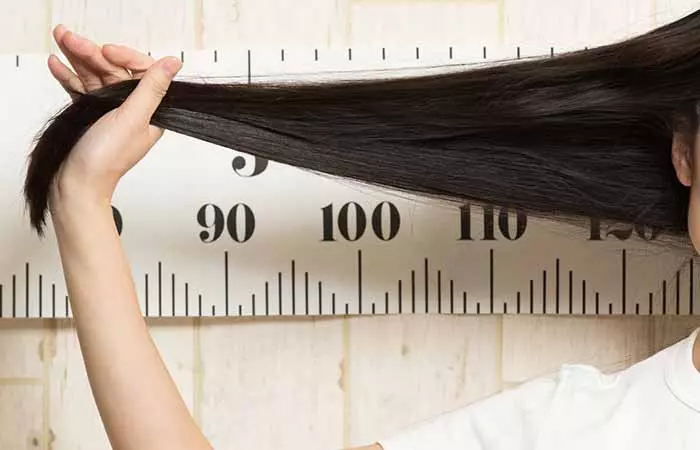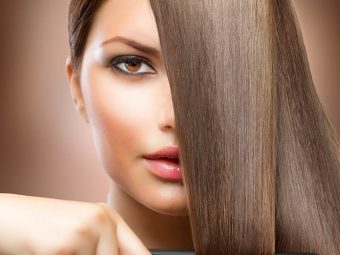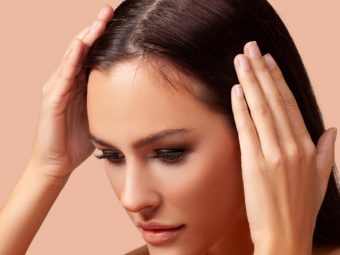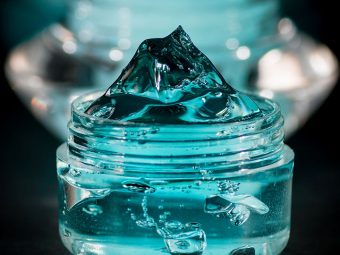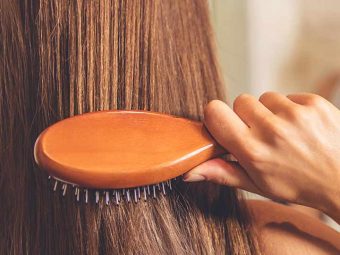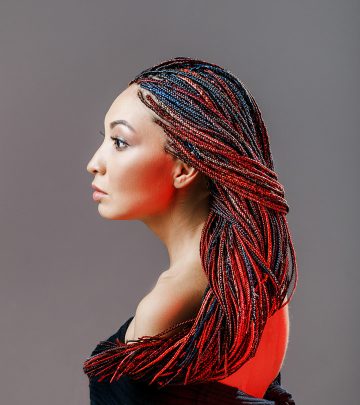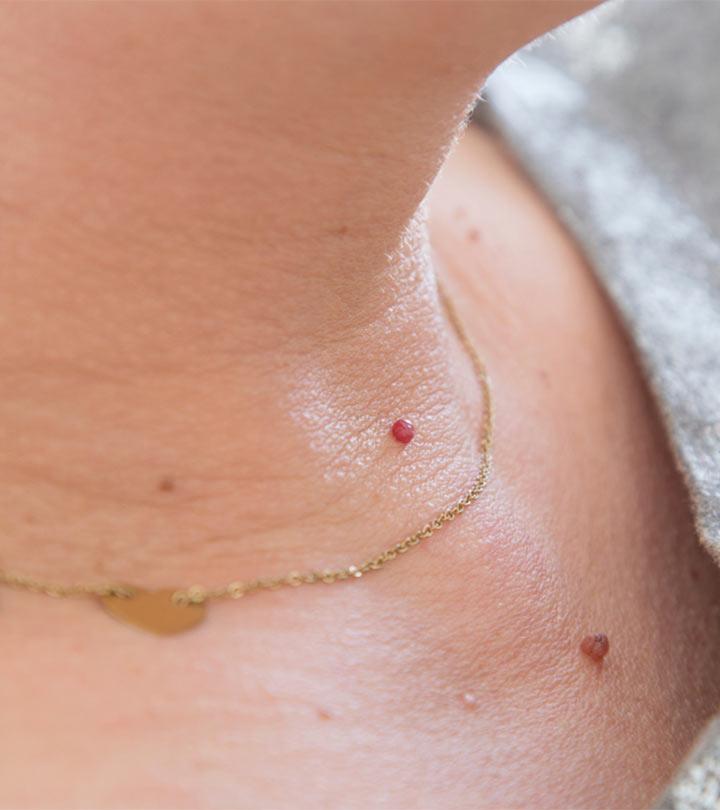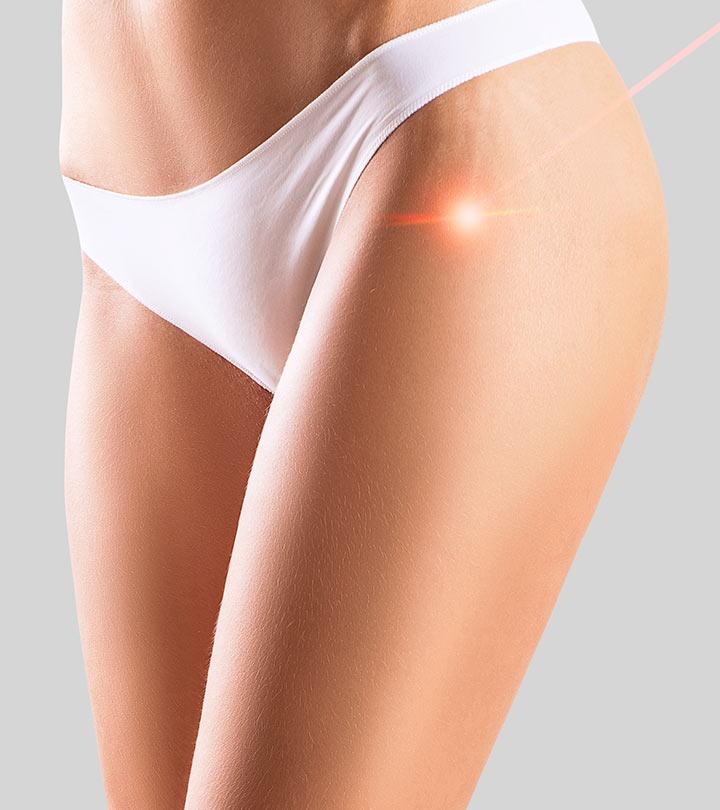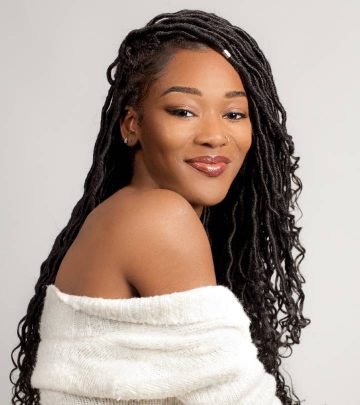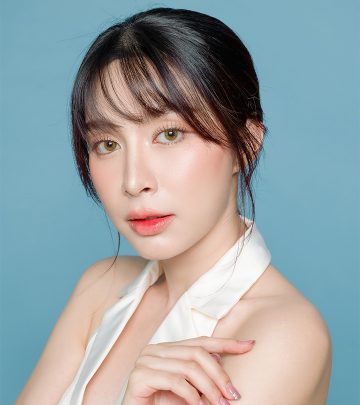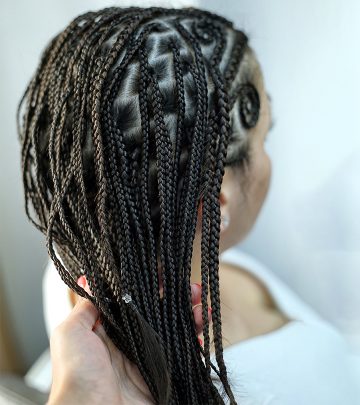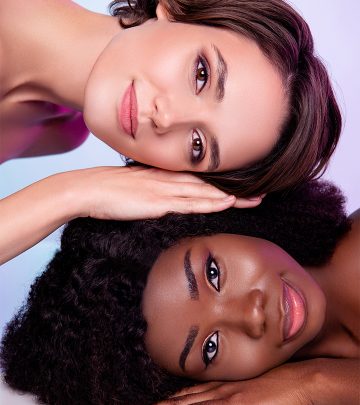Why The Hair On Your Body Doesn’t Grow As Long As The Hair On Your Head
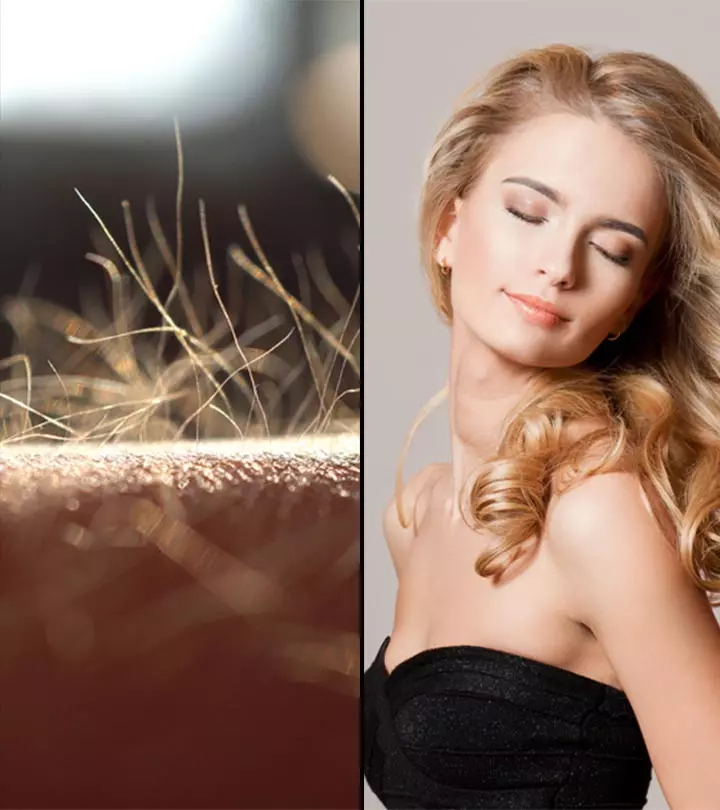
Have you ever wondered why your eyebrows, eyelashes, or hair on your body grows only to a certain length, even when left untouched, while the hair on your head keeps growing till you chop it off ? Well, we sure are grateful body hair knows its limits, but that does spark a question! How does the hair know when to stop growing? Also, the texture of the hair on your scalp, arms, and other places are not the same. Imagine having curly eyebrows just because your hair is curly! Here in this article, we have the answers to why the length of hair on your body and head differs and some exciting hair facts that will make your jaws drop! Read on to know them all!
In This Article
What Are The Different Kinds Of Hair?
There are two kinds of hair on the human body. The Vellus hair is short and fine, while terminal hair is the hair that grows longer and thicker (1). Many factors, including age and gender, affect the ratio of these kinds of hair on the human body (2). Vellus hair is the most common in children (3), and about 30% of women and 90% of men have terminal hair (4).
Phases Of Hair Growth
We need to understand the phases of hair development to comprehend the whole hair growth process. The anagen phase is when the hair actively grows, and cell division occurs quickly at the hair root (1). Next, the cells that make hair are created at the base of the hair strand within the follicle. Old hair cells gradually replace new ones as the body continually renews cells. Finally, hair is made when these cells die
Catagen is the transitional stage between the telogen and anagen phases of hair development (2). Three percent of our total hair has been in this phase at any given moment. The hair follicle gradually diminishes in size and eventually falls apart as a means of self-renewal.
The transitional period, called telogen, is when the hair is at rest. In most cases, it makes up 6 and 8 percent of our hair (3). This stage typically lasts anywhere from 100 to several hundred days. The hair follicle takes a complete break during telogen. As this stage draws closer, you may see your hair thinning. The exogen phase is when hair is really shedding. After a few weeks, the follicle will cycle back to phase 1 and grow new hair (4).
Why Does Body Hair Have Different Lengths?
Hair growth occurs during the anagen phase, as discussed before. It takes about two to six years for the hair on your scalp to get to this phase (5). This is why scalp hair grows longer than other hair on your body. There is a possibility that your hair has a shorter anagen phase if you have trouble getting it to grow over a specific length. The active growth phase of hair is often longer in those whose hair is naturally quite long.
On the other hand, eyelashes, eyebrows, and other parts of body hair all have a relatively brief anagen period of just 30–45 days. The telogen phase lasts the longest. Due to this, it is noticeably shorter than actual head hair. Between 0.2 and 0.7 inches of hair growth can be expected per month (6). The speed at which each person’s hair grows varies. The hair growth rate on the scalp is about 0.014% per day, and the average growth rate of eyelashes and eyebrows is 0.006 inches each day (7).
Is Hair Loss Normal?
As you must have guessed, all your hair can’t grow at once. Even follicles that are pretty close together might have distinct stages. This explains why we experience hair loss but never run out of hair. About 80,000 to 120,000 terminal hair strands populate a person’s scalp; some are dormant and ready to shed, while others have just begun their active growth phase (8). Also, hair loss is not limited to the scalp and occurs across the body. The hairs on the arms and legs are finer and less visible, so their loss usually goes unnoticed. Humans typically shed between 50 and 150 hair every day (9). Thin hair results from certain follicles stopping to produce hair as a person ages.
Interesting Facts About Your Hair
Did you know that aside from hair, bone tissue is the only other tissue in the human body that replicates at a greater rate? By the 22nd week of pregnancy, a fetus’s hair follicles are fully developed (10). Also, lips, palms, and the foot soles are the only body portions where hair doesn’t grow. Another interesting fact is the gender gap in hair growth rates. Men often experience quicker hair growth rates than women (11). If your hair follicles are spherical, they produce straight hair, whereas if they’re oval, you’ll have curly hair (12).
The human body is a mystery in itself, and the more researchers unfold the science behind our bodies, the more it baffles us. So, what other questions about our bodies keep you awake at night? Let us know in the comments section!




